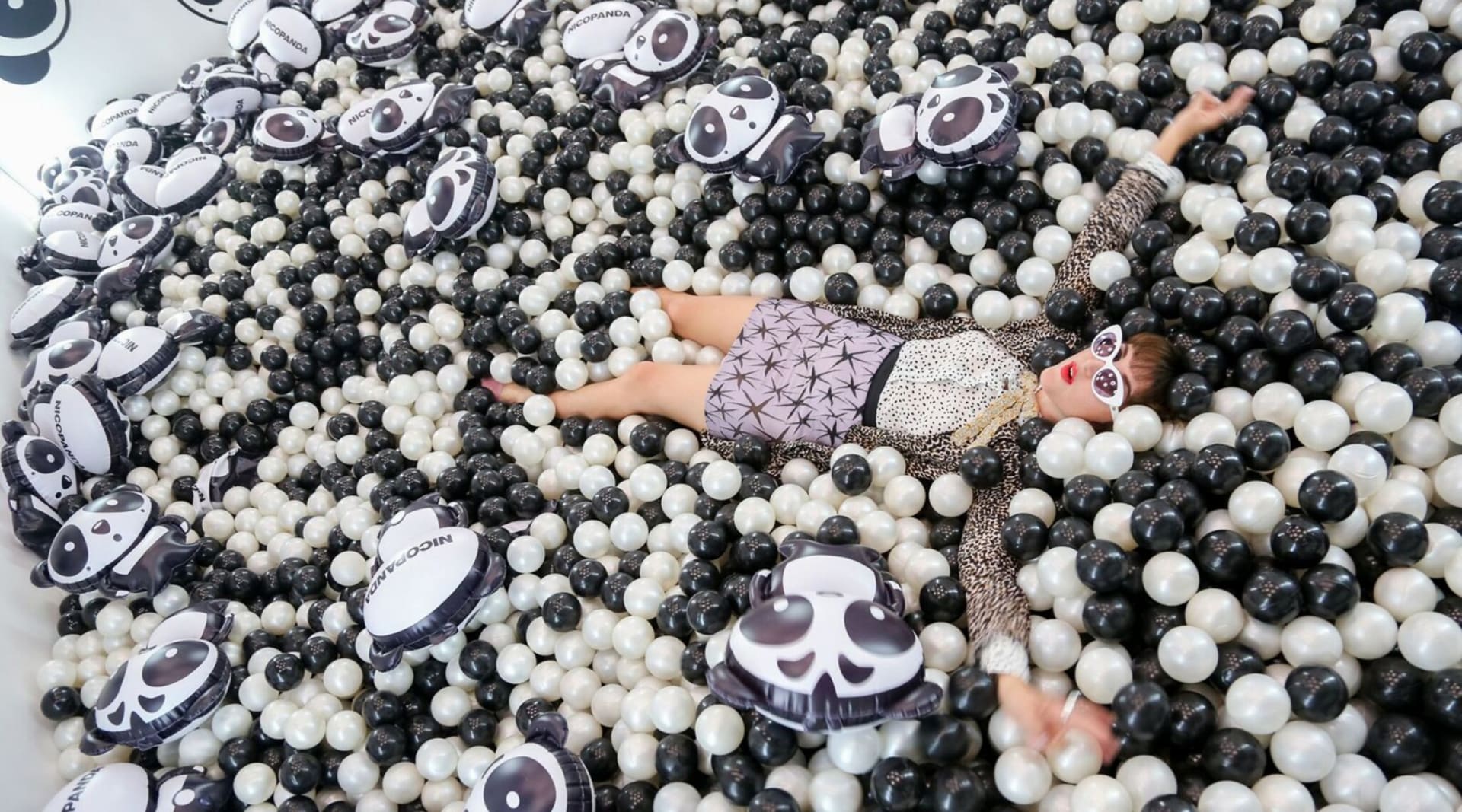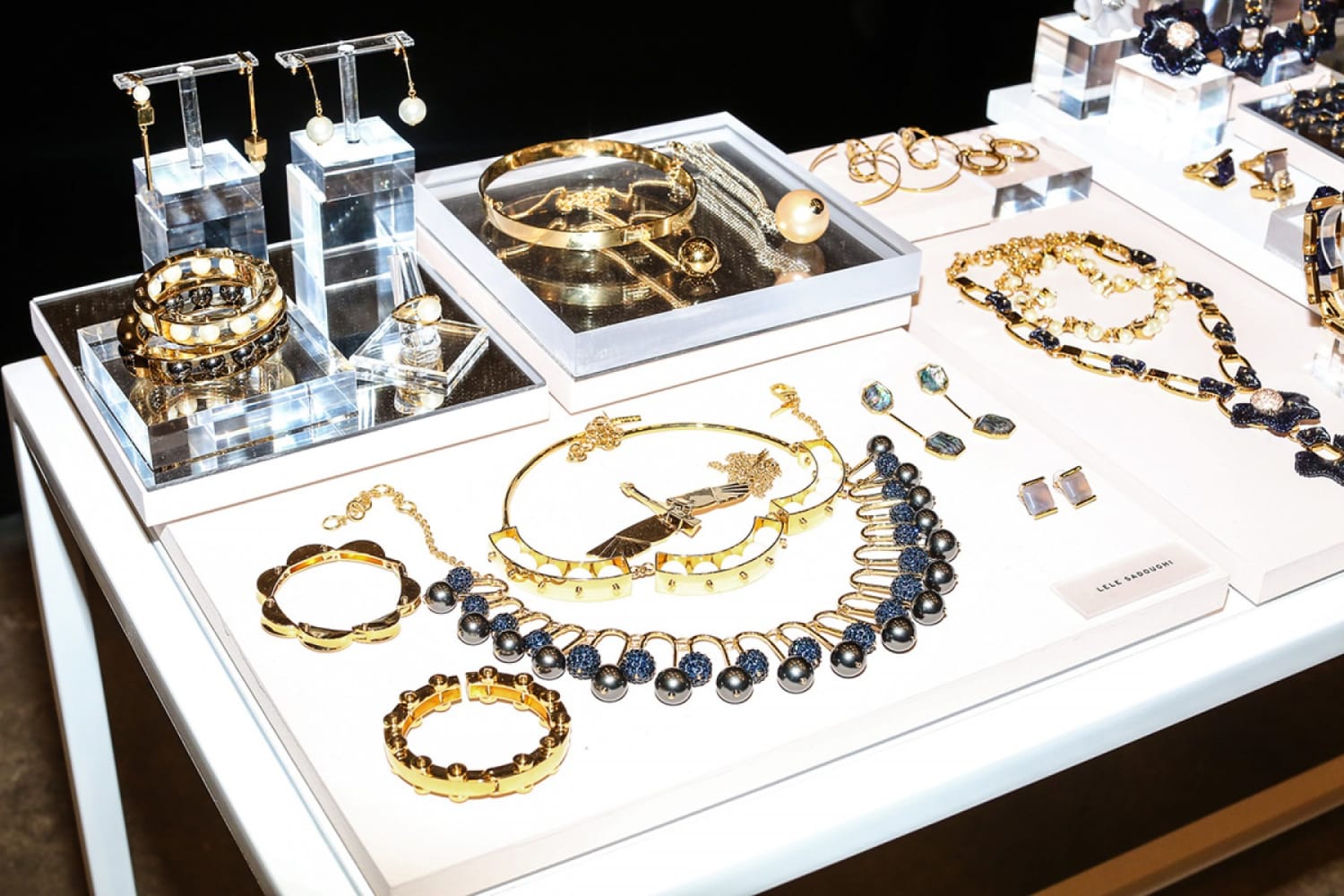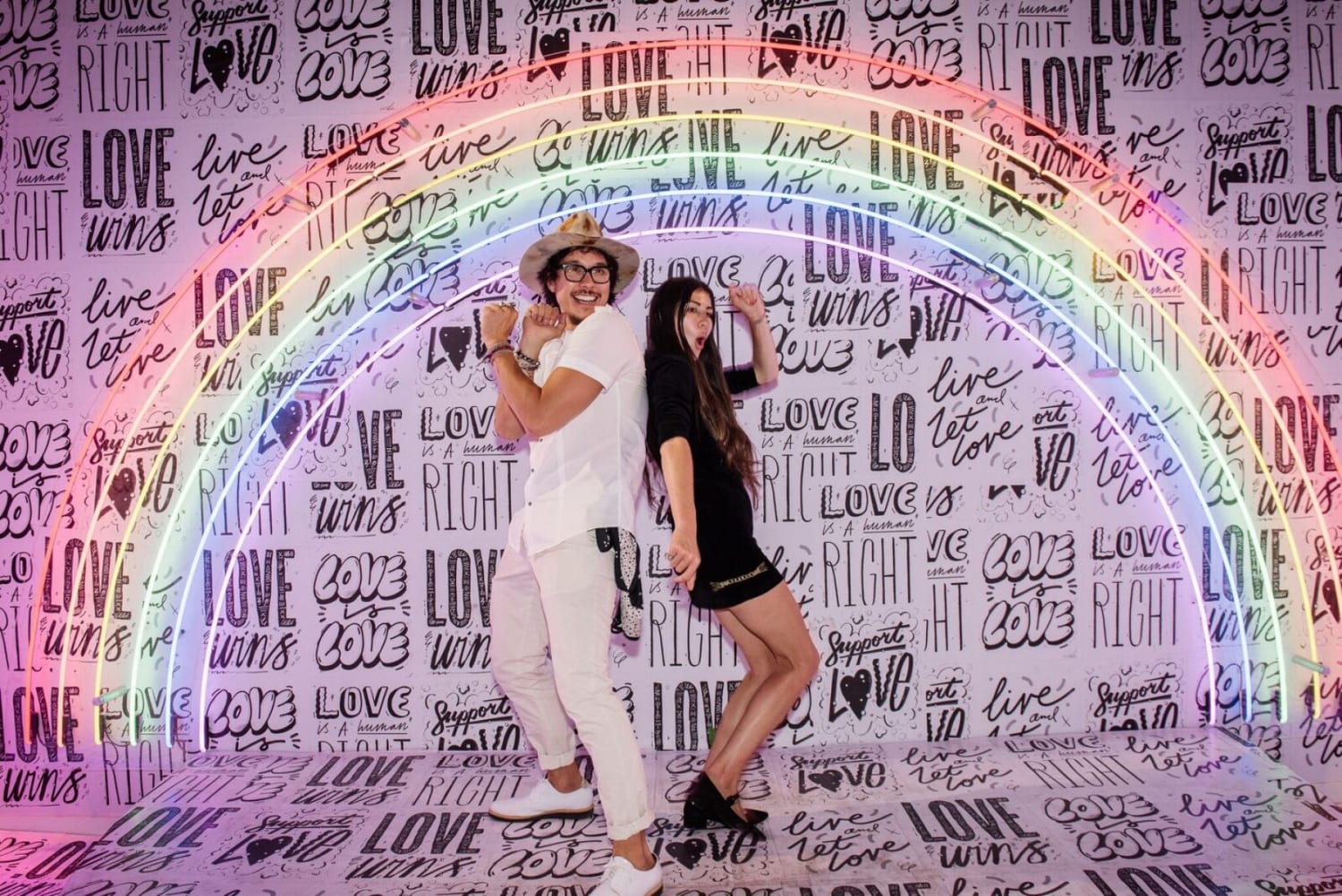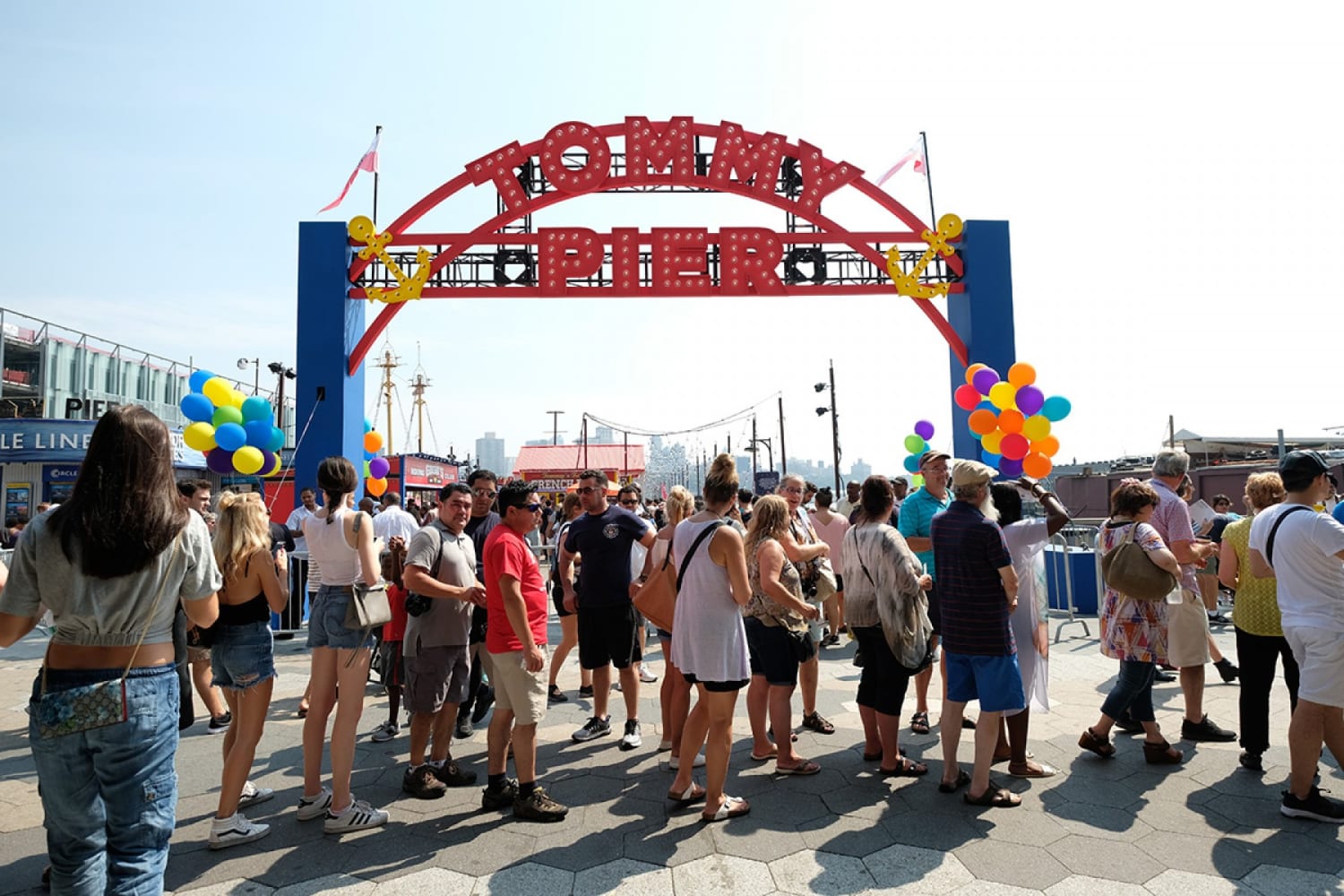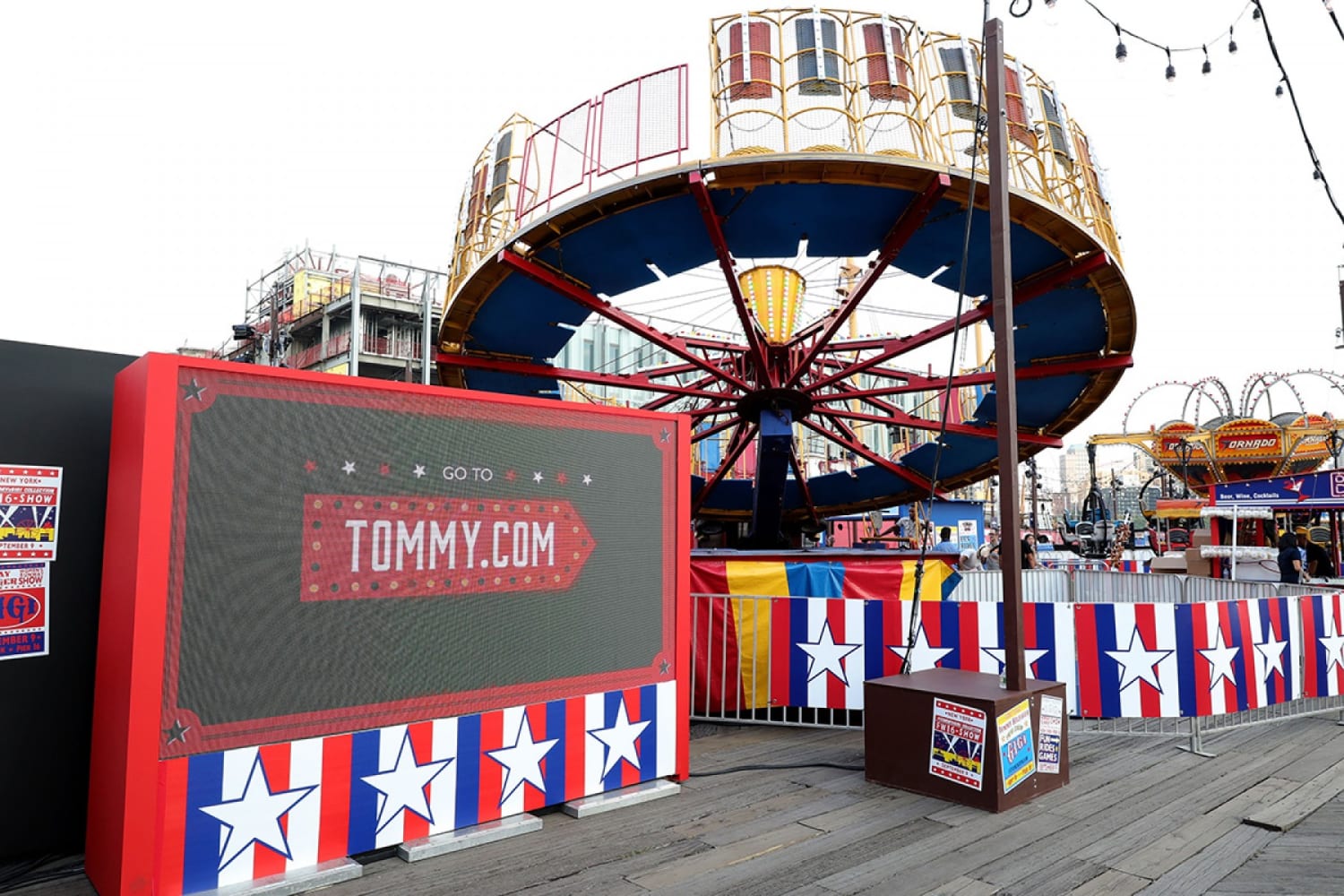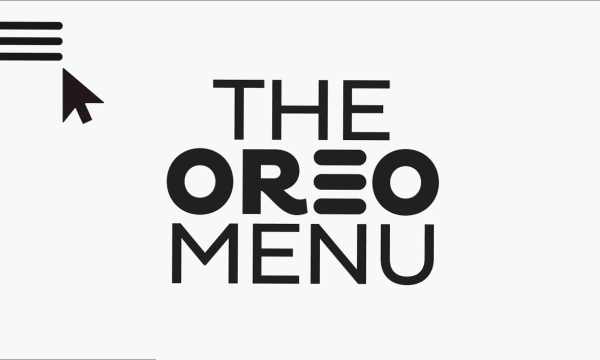In an age of instant gratification and social media sharing, fashion is shifting its focus decisively to accessibility and retail tie-ins. At this year’s New York Fashion Week, brands traded elite events for experiences that invited the average viewer into the festivities, while more designers than ever showed lines that could be shopped immediately.
Instant-gratification retail
This fall, fashion week sponsor IMG launched two new retail popups. The Shop @ New York Fashion Week features accessory lines from brands like Alison Lou, Jordan Askill and Yliana Yepez. Meanwhile, visitors at F. Y. I @ MADE New York could scoop up off-the-runway looks from brands including Chromat and The Blonds.
“One of the biggest takeaways that we always had every season was that the normal consumer couldn’t partake in New York Fashion Week, because those show venues are invitation only,” Katelyn Howard, a senior director of events for IMG, told the Innovation Group. “I feel like everyone knows that’s it’s fashion week. People feel the buzz, and that excitement, but you can’t partake in it. This is really our first iteration of bringing NYFW to the people.”
